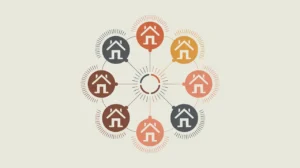Importance of Results Monitoring
Results monitoring tracks whether programs and initiatives are achieving their intended outputs, outcomes, and impacts. It matters because development and social innovation efforts must show not only that activities took place, but also that they led to meaningful change. By measuring progress against goals, results monitoring strengthens accountability, guides decision-making, and ensures that strategies remain aligned with intended objectives.
Definition and Features
Results monitoring is the systematic measurement of program achievements relative to predefined indicators and targets. Its defining features include:
- Goal Orientation – links measurement directly to program objectives and intended outcomes.
- Indicator-Based Tracking – uses quantitative and qualitative metrics to assess progress.
- Time-Bound Assessment – monitors results over specific reporting periods.
- Comparative Analysis – contrasts actual achievements with planned targets.
- Decision Relevance – provides evidence to adapt programs and allocate resources effectively.
How this Works in Practice
In practice, results monitoring might measure the number of students demonstrating improved literacy after a reading program, or the reduction in maternal mortality following expanded access to health services. It may track both short-term outputs (such as trainings delivered) and longer-term outcomes (such as sustained employment). Tools include monitoring frameworks, dashboards, periodic reports, and beneficiary feedback systems. Challenges include ensuring reliable data collection, capturing qualitative dimensions of change, and distinguishing correlation from causation.
Implications for Social Innovation
Results monitoring supports social innovation by keeping the focus on tangible change rather than activity alone. For practitioners, it provides feedback to refine strategies and demonstrate value to stakeholders. For funders and policymakers, it creates a transparent basis for accountability and learning across programs. Results monitoring can become a driver of adaptation. It can illuminate what works, what doesn’t, and where collective effort can be redirected to maximize social benefit.







